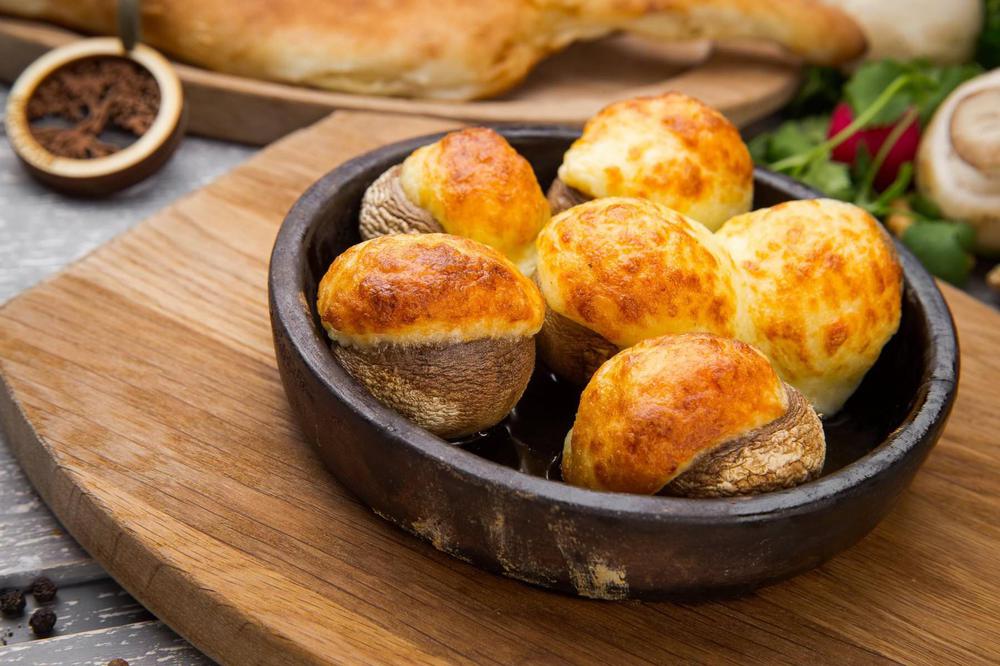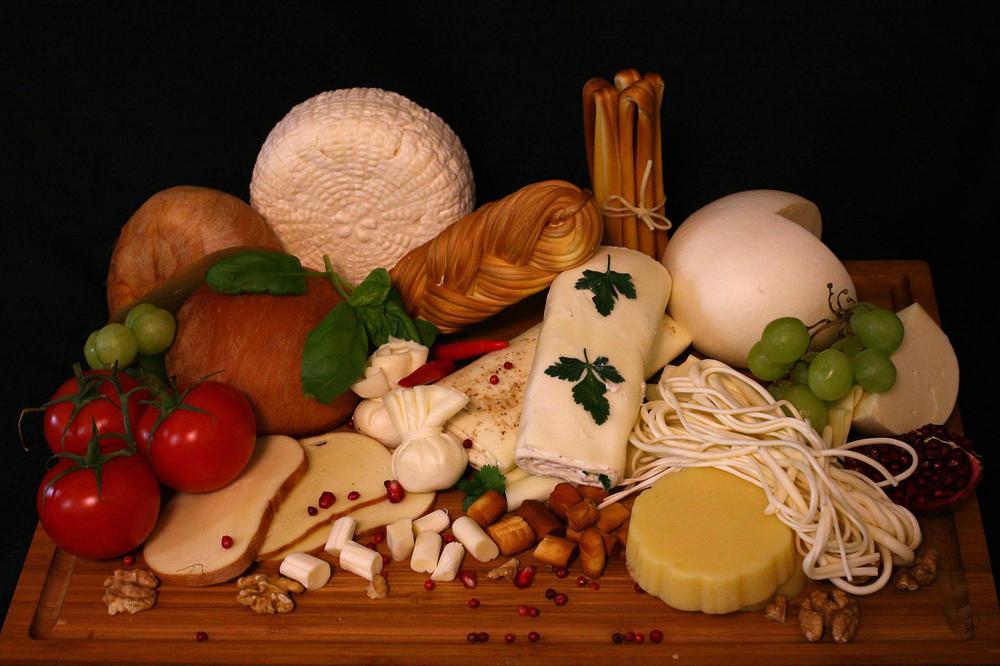Elarji, a traditional dish from the Georgian Samegrelo region, is a fascinating subject for those interested in culinary tourism. This thick, elastic porridge, made from a blend of coarse cornmeal, cornflour, and cheese, represents a unique aspect of Georgian cuisine. This article delves into the origins, preparation, and variations of Elarji, offering insights into a dish that is not only a staple in Georgian households but also a testament to the region's culinary heritage. Ideal for travelers and food enthusiasts, this exploration of Elarji provides a taste of Georgia's rich gastronomic culture.
Elarji: A Staple Of Megrelian Cuisine
Elarji, a cornerstone of Megrelian cuisine, is renowned throughout Georgia for its distinct texture and flavor. Originating from the Samegrelo region, this dish is traditionally prepared with a mixture of coarse cornmeal and cornflour, combined with sulguni or tchkhinti cheese, depending on availability. The resulting porridge is known for its remarkable thickness and elasticity, often stretched overhead to demonstrate its perfect consistency. Customarily served hot, Elarji is typically accompanied by Georgian bazhe sauce, a blend of garlic, walnuts, and various spices, enhancing its rich taste.
Megrelian culinary tradition holds Elarji in high regard, often considering it peerless within the Georgian culinary landscape. Local lore suggests that Elarji's creation was a serendipitous event, attributed to shepherds in the mountainous areas of Samegrelo. These shepherds, while tending to their herds, are believed to have inadvertently invented Elarji by boiling homemade cheese with ground cornmeal over a low flame. This simple yet hearty meal, originally shared directly from the pot, has evolved into a celebrated component of Georgian dining, often paired with semi-sweet Ojaleshi wine for a complete gastronomic experience.
The Art Of Preparing Elarji
The art of preparing Elarji lies in its simplicity and attention to detail. This Megrelian masterpiece, primarily consisting of finely ground cornmeal and cheese, requires a careful approach to achieve the desired taste and texture. The selection of cornmeal is crucial; while coarsely ground cornmeal is easier to wash, it does not yield the best results. Instead, Megrelian cooks recommend using finely ground cornmeal for an authentic flavor.
The traditional method of preparing Elarji involves a straightforward but meticulous process. The key ingredients include 1 kg (2.2 lbs) of cornmeal, 200 g (7 oz) of corn flour, and 1.5 kg (3.3 lbs) of newly ripe Elarji cheese or fresh sulguni. The preparation starts with washing the cornmeal thoroughly to eliminate any impurities. The cornmeal is then cooked over a high flame, ideally in a cast-iron pot, ensuring it does not stick or separate. After about 30-40 minutes, the cornmeal transforms into a porridge-like consistency, which is the critical point where the corn flour is added. The mixture is then allowed to simmer for an additional 10-15 minutes before incorporating thin strips of cheese. This step demands patience and physical effort, as the cheese needs to be thoroughly kneaded into the cornmeal mixture. Once completed, the Elarji is left to cook for a few more minutes before being served.
This cooking process highlights the importance of balance and precision in Megrelian cuisine. The perfect Elarji is said to achieve an equal mass of cheese and ghomi (cornmeal porridge), a testament to the skill and experience required in its preparation.
Regional Variations Of Elarji
Elarji is not just confined to its traditional Megrelian form; it has several regional variations that showcase the diversity of Georgian cuisine. One notable variant is the Abkhazian Elarji, known locally as “chemkva.” This version stands out for its white color, a contrast to the Megrelian Elarji. Abkhazian Elarji is made exclusively from corn flour boiled in milk, with newly ripened cheese layered into it. Once well-roasted, it is shaped into rolls with wet hands and can be enjoyed alone or with honeyed matsoni, offering a unique taste experience.
In contemporary cuisine, Elarji has also adapted to modern tastes. A popular variant involves Elarji balls served with an almond sauce known as bazhe. This combination is particularly favored for its harmonious blend of flavors. The ingredients for this version include 500 g (1.1 lbs) of cornmeal, 500 g (1.1 lbs) of smoked sulguni, 800 g (1.76 lbs) of sulguni, 300 g (10.6 oz) of flour, 5 eggs, and 200 g (7 oz) of panko breadcrumbs. The almond bazhe sauce requires 300 g (10.6 oz) of shelled and minced almonds, 1 tsp each of red curry paste and Svan salt, ½ tsp each of dried coriander and saffron, and 200 g (7 oz) of boiled water. These Elarji balls are deep-fried and served with the chilled bazhe sauce, offering a contemporary twist to the traditional dish.
These variations of Elarji not only demonstrate the adaptability of Georgian cuisine but also reflect the regional influences and creativity in culinary practices. From the hearty, cheese-laden traditional version to the innovative, deep-fried adaptations, Elarji serves as a symbol of Georgia's rich and diverse gastronomic culture.
Elarji In Georgian Culture And Tourism
Elarji is more than just a culinary delight; it's a cultural emblem that represents the rich heritage of Georgian cuisine. For tourists exploring Georgia, experiencing Elarji offers a window into the country's culinary traditions and regional diversity. This dish is not only a testament to the simplicity and richness of Georgian cooking but also a means to connect with the local culture and history.
Food enthusiasts and travelers seeking authentic Georgian experiences often find Elarji to be a highlight of their culinary journey. Its unique texture, flavor, and preparation method make it a must-try for anyone visiting Georgia. Moreover, the story of Elarji's origin and its evolution over time adds to the allure, making it a compelling narrative for those interested in the intersection of food, culture, and history.
In conclusion, Elarji is a dish that transcends its ingredients, embodying the spirit of Georgian hospitality and culinary artistry. It's a dish that invites exploration and appreciation, not just for its taste but for the cultural stories it carries. For those on a gastronomic tour of Georgia, Elarji is an unmissable experience, offering a taste of the country's rich culinary heritage.

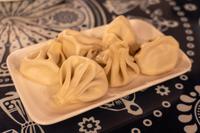 Georgian Khinkali
Georgian Khinkali
 Pairing Wine & Cuisine
Pairing Wine & Cuisine
 A Family Feast
A Family Feast
 Supra Sensations
Supra Sensations
 Georgian Street Food
Georgian Street Food
 Georgian Khachapuri
Georgian Khachapuri
 Shkmeruli
Shkmeruli
 Georgian Lobio
Georgian Lobio
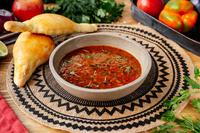 Georgian Kharcho
Georgian Kharcho
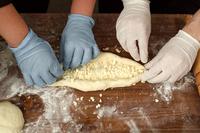 Top 7 Authentic Georgian Khachapuri Recipes
Top 7 Authentic Georgian Khachapuri Recipes
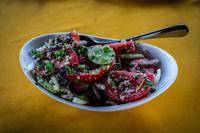 Georgian Salad
Georgian Salad
 Badrijani
Badrijani
 Ajapsandali
Ajapsandali
 Ojakhuri
Ojakhuri
 Chashushuli
Chashushuli
 Bazhe Sauce
Bazhe Sauce
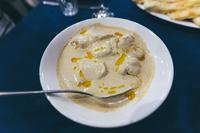 Satsivi
Satsivi
 Tkemali
Tkemali
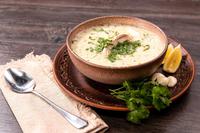 Chikhirtma
Chikhirtma
 Khashlama
Khashlama
 Mtsvadi
Mtsvadi
 Kupati
Kupati
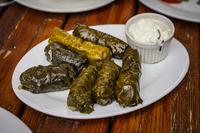 Tolma
Tolma
 Chicken Tabaka
Chicken Tabaka
 Chakhokhbili
Chakhokhbili
 Mchadi
Mchadi
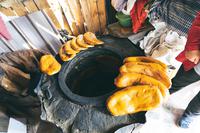 Nazuki
Nazuki
 Georgian Bread
Georgian Bread
 Chvishtari
Chvishtari
 Satsebeli
Satsebeli
 Jonjoli
Jonjoli
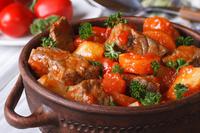 Chanakhi
Chanakhi
 Chakapuli
Chakapuli
 Kuchmachi
Kuchmachi
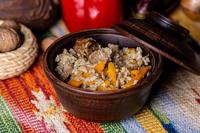 Shila Plavi
Shila Plavi
 Soko Ketse
Soko Ketse
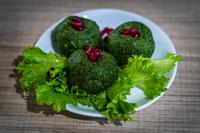 Pkhali
Pkhali
 Ghomi
Ghomi

